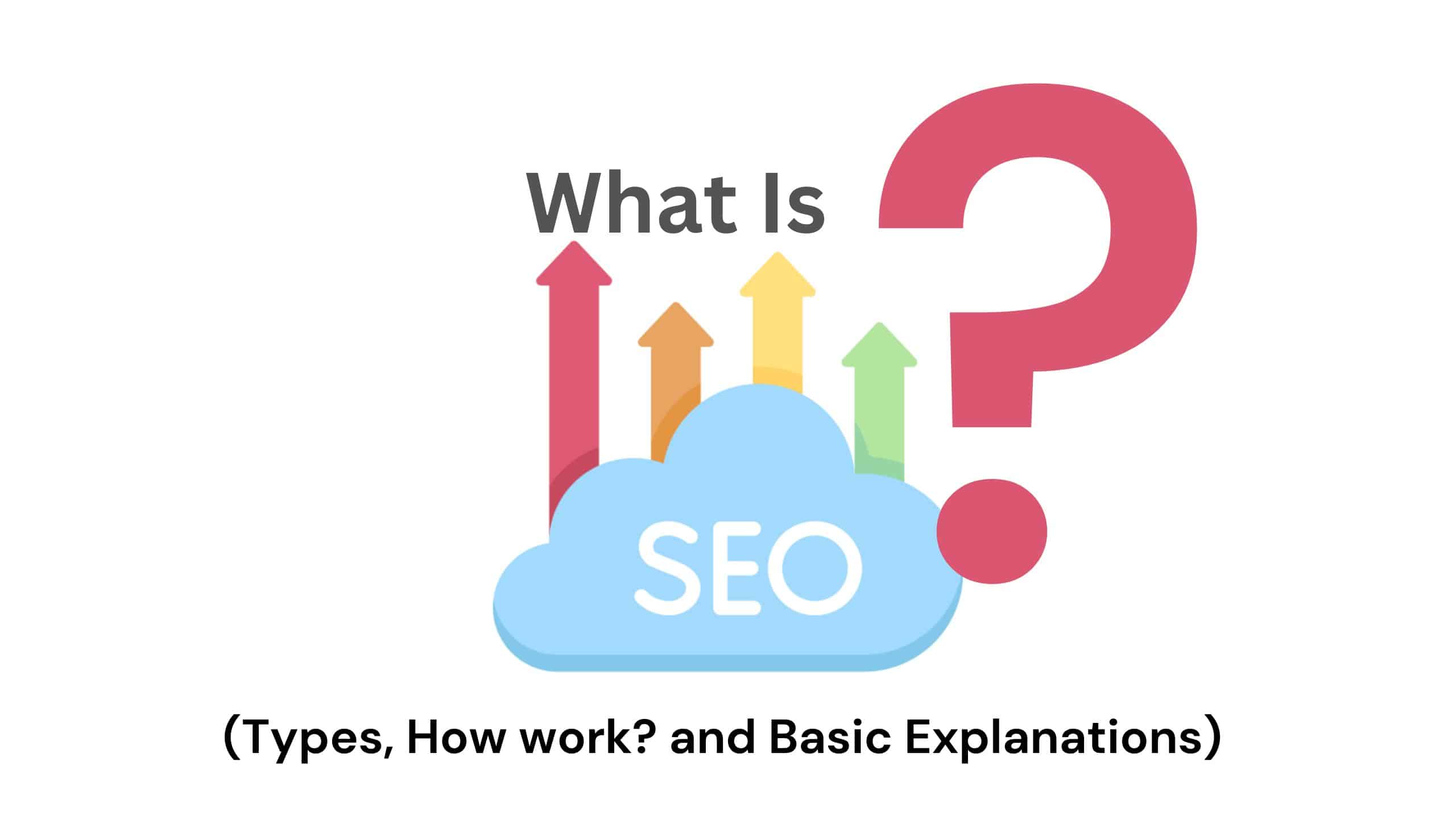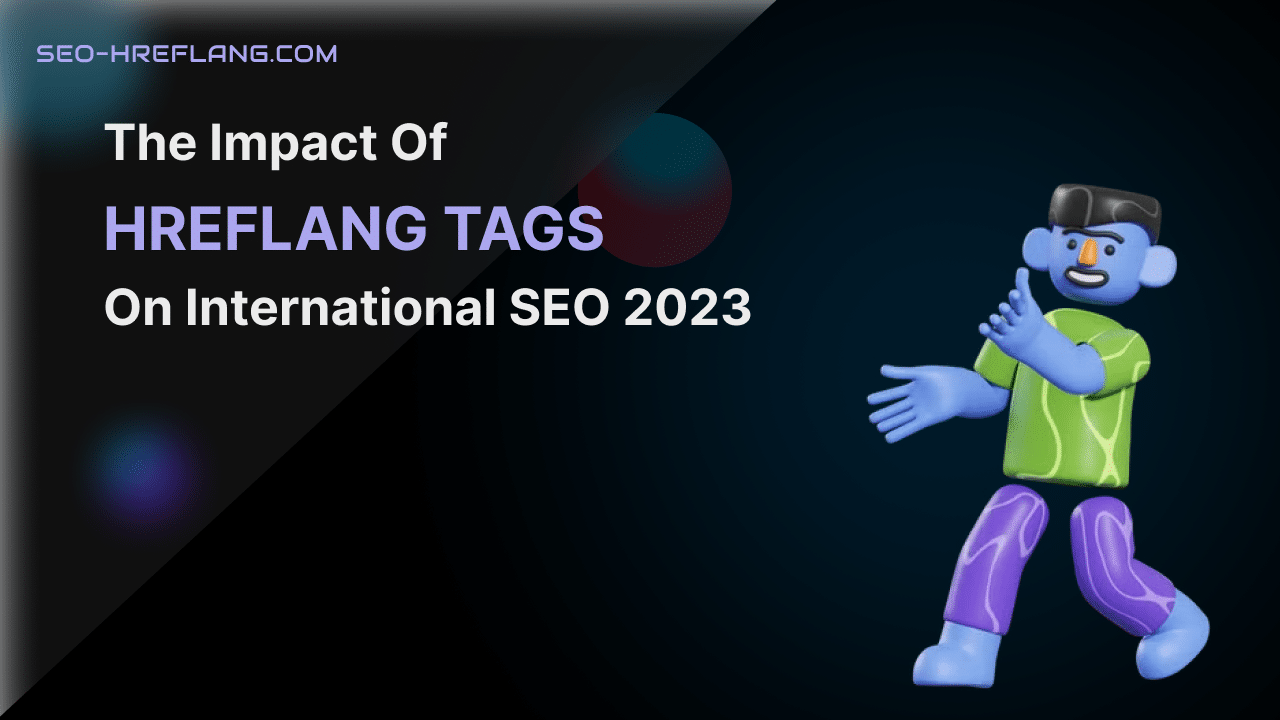International SEO Success(Search Engine Optimization) is crucial for businesses looking to expand their online presence and reach a global audience. Proper hreflang implementation is a fundamental aspect of international SEO that helps search engines understand and rank content for specific languages and regions.
In this comprehensive guide, we will explore the best practices for hreflang implementation to achieve international SEO success.
Understanding Hreflang Tags
Hreflang tags are HTML attributes used to indicate the language and geographic targeting of a webpage’s content. These tags help search engines deliver the most relevant results to users based on their language and location.
Here are some essential concepts to grasp before diving into best practices:
1. Language and Region Codes
Hreflang tags are specified using language and region codes. Language codes represent the language of the content, while region codes identify the targeted geographical area. For instance, “en” stands for English, “fr” for French, “es” for Spanish, “us” for the United States, and “ca” for Canada.
2. Relationship Between Source and Target Pages
Hreflang tags create a relationship between the source page (the original content) and target pages (translations or variations). They inform search engines that certain pages are intended for specific languages or regions.
3. Self-Referencing Tags
It’s important not to include self-referencing hreflang tags on a page. In other words, the hreflang value on a page should not match the language and region of the page itself.
Best Practices for Hreflang Implementation
Now, let’s delve into the best practices for successful hreflang implementation:
1. Audience Understanding
Before implementing hreflang tags, thoroughly understand your target audience in different regions and languages. Consider factors such as language preferences, cultural nuances, and local search behavior. This understanding is crucial for making informed decisions about which languages and regions to target.
2. Use Appropriate Hreflang Tags
Choose the correct language and region codes for your hreflang tags. It’s essential to use the standardized codes to avoid confusion. Some common values include “en” for English, “fr” for French, “es” for Spanish, and “de” for German. For regions, use values like “us” for the United States or “ca” for Canada.
3. Implement Hreflang in HTML Headers
Place hreflang tags in the HTML header of each page. This can be done in either the <head> section or as HTTP header responses. Ensure that you implement these tags on both the source and target pages to establish a clear connection between them.
4. Avoid Self-Referencing Tags
As mentioned earlier, do not include self-referencing hreflang tags on a page. These tags should indicate the relationship between different pages on your site, not the page itself.
5. Create a Clear Hreflang Map
For websites with a multitude of pages in multiple languages and regions, create a clear hreflang map. This map outlines the relationships between pages and helps prevent errors. It’s particularly useful for complex websites with numerous language variations.
6. Use ‘x-default’ for Unspecified Languages
To handle users who don’t fall into any specified language or region, it’s a good practice to use the “x-default” hreflang attribute. This signals that the content is suitable for users with unspecified language or location preferences. It’s especially valuable for websites that don’t have content targeting every possible language and region.
7. Monitor and Test Regularly
Successful hreflang implementation requires ongoing monitoring and testing. Use tools like Google Search Console to track the performance of your hreflang tags. Test different scenarios to ensure that the tags are working correctly and that the right pages are ranking in their respective regions.
8. Ensure Consistent Content
Make sure that the content on the pages with hreflang tags is consistent with the specified language and region. This includes language-specific content, currency, contact information, and other cultural and regional elements. Inconsistencies can confuse both search engines and users.
9. Canonicalization
If you have duplicate content in different languages or regions, use canonical tags to specify the preferred version. Canonicalization helps prevent duplicate content issues and ensures that search engines prioritize the correct version of a page.
10. Use Relevant URLs
Ensure that the URLs you specify in hreflang tags are relevant and accessible to users in the specified language and region. This means that the URL structure should make sense to users in their native language and should lead to a page with content in the language and region they expect.
In summary, implementing hreflang tags correctly is crucial for international SEO success. These best practices help search engines deliver the most relevant content to users in different regions and languages, leading to better rankings and improved user experience for your international audience.
By understanding your audience, using appropriate tags, and following these guidelines, you can enhance your website’s visibility and performance on a global scale. Remember that international SEO is an ongoing process, and staying vigilant with monitoring and adjustments is key to long-term success.





